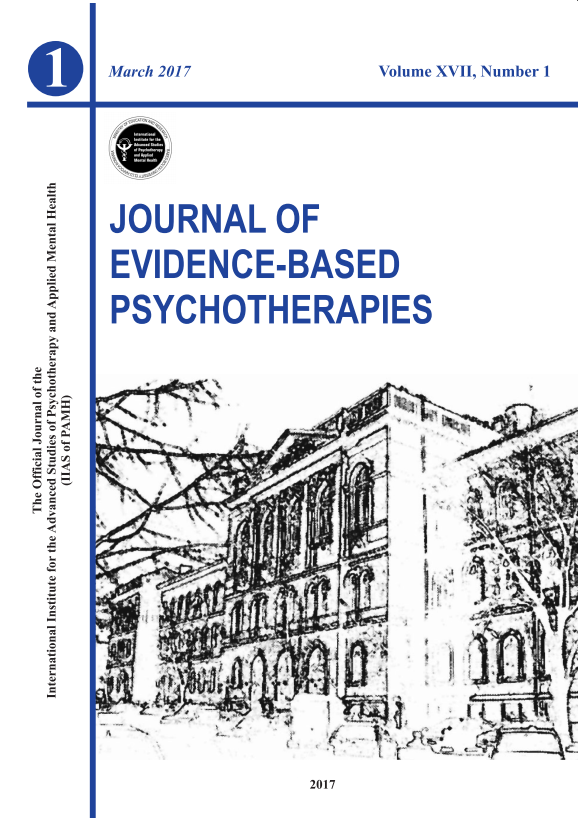Mihaela IANCU*1, Andrei ACHIMAS-CADARIU1, Florina POP2, Alexandru IRIMIE1,2, Patriciu ACHIMAS-CADARIU1,2
1”Iuliu Hatieganu” University of Medicine and Pharmacy, Cluj-Napoca, Romania
2“Prof. Dr. Ion Chiricuta” Institute of Oncology, Cluj-Napoca, Romania
Abstract
To date, there is no multivariate analysis in literature on the relationships between quality of life (QOL), female sexual functioning, symptomatology, distress and irrational beliefs among women with premalignant and malignant pathology of the cervix, namely aggravator dysplasia and microinvasive carcinoma with conservative surgery – cervix conization. This study investigated the relationships among the five variables using structural equation modelling. One hundred and two women with
premalignant and malignant pathology of the cervix were included in the study and filled in a set of measures during the first year after surgery. The following instruments were used: Female Sexual Function Index (FSFI), the European Organisation for Research and Treatment of Cancer Quality of Life C30 (EORTC QOL-C30), the Attitudes and Beliefs Scale, Short Version (ABS-SV) and a distress visual analogue scale. Goodness-of-fit indices were obtained for the final structural model by MLR estimation : χ2/df ratio=1.54, TLI = 0.87, CFI = 0.88, RMSEA = 0.07 (90% CI: 0.065- 0.084) SRMR = 0.08 and bootstrapping: χ2/df ratio = 1.30, TLI = 0.89, CFI = 0.90, RMSEA = 0.05 (90% CI : 0.043-0.064 ), SRMR = 0.086. No direct effect of sexual functioning and irrational beliefs on quality of life was found, but there is a tendency of dependence between distress and QOL. There is a positive correlation between irrational beliefs and symptomatology (β=0.40), so that symptoms are more serious, in persons who have more irrational beliefs. Also, there is a correlation between distress and symptomatology (β=0.37), and distress and irrational beliefs (β=0.41). The model explained 98% of the total variance of QOL. In conclusion, the structural model provides a valid assessment model of QOL, a ranking of levels of QOL by regression weights and the interrelationships between the specified constructs.
Keywords: quality of life, premalignant and malignant pathology, childbearing age and pregnancy, structural equation modelling, psycho-oncology
